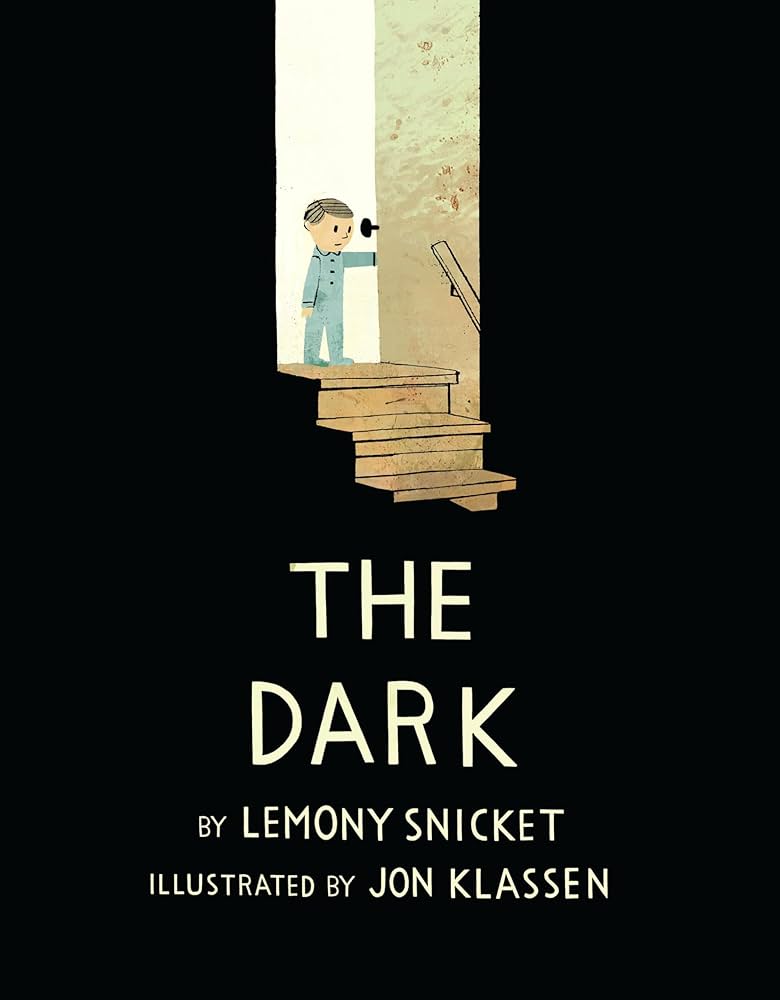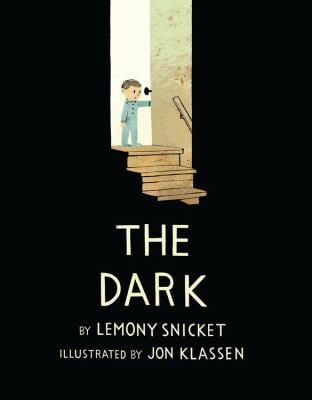SEL Read Aloud: The Dark by Lemony Snicket


Summary
The Dark by Lemony Snicket is a powerful, beautifully illustrated story about a young boy named Laszlo who is afraid of the dark. One night, when his nightlight burns out, the dark invites him into the basement—and what he discovers is both surprising and comforting. Through poetic language and vivid imagery, this book gently shows that fear often comes from what we don’t yet understand, and that courage grows when we choose to face those fears.
This story opens the door for important SEL conversations about fear, bravery, and resilience—helping students recognize that it’s okay to be afraid, and that even in dark or uncertain times, they can find their own light.
Comprehension Questions
To guide students through the story’s meaning and encourage deeper thinking, consider these Bloom’s Taxonomy-inspired questions:
-
Remembering: What was Laszlo afraid of in the story?
-
Understanding: Why did the dark want Laszlo to come to the basement?
-
Applying: How did Laszlo show courage when he was scared?
-
Analyzing: What do you think the dark represents in the story?
-
Evaluating: Why do you think the author wanted readers to see the dark as something not to fear?
-
Creating: Draw or write about something you were once afraid of and how you faced it.
CASEL Discussion Questions
Incorporate these questions to help students connect the story to SEL competencies:
-
Self-Awareness: What kinds of things make you feel scared or uneasy?
-
Self-Management: What can you do to calm yourself when you’re afraid?
-
Social Awareness: How might you comfort a friend who is feeling afraid?
-
Relationship Skills: Who helps you feel safe when things seem scary?
-
Responsible Decision-Making: How can you face something scary while still staying safe and thoughtful?
Hands-On Challenge
Turn understanding into action with a creative classroom project:
Design a “Lantern of Courage” Project
-
Understand — Read The Dark and discuss how Laszlo faced his fear by listening, learning, and finding comfort in understanding the unknown.
-
Ideate — Ask students: “What helps you feel brave in the dark or during scary times?” Brainstorm strategies like deep breathing, talking to someone, or thinking of something kind.
-
Prototype — Have each student design a paper “lantern of courage.” On the outside, they can draw or decorate images of what scares them. On the inside, they’ll write or draw the light—what helps them feel brave.
-
Test & Present — Display the lanterns in the classroom or hallway. When light shines through them, it becomes a visual metaphor: courage glowing through fear.
-
Reflect — Encourage a short class reflection: “What does your lantern remind you of when you feel scared?” “How can courage help you help others in scary times?”
In Conclusion
The Dark reminds readers that courage isn’t about never feeling afraid—it’s about learning to move forward even when things seem uncertain. By helping students name their fears, reflect on bravery, and share what brings them comfort, this read-aloud builds empathy, resilience, and emotional awareness.
Read Aloud
If you appreciated getting to read this book with your class, you might also want to share this book with them!
Additional Resources
Copyright Notice
The image on this page comes from the book The Dark by Lemony Snicket


